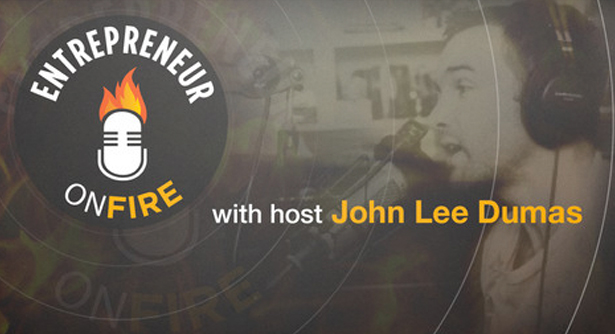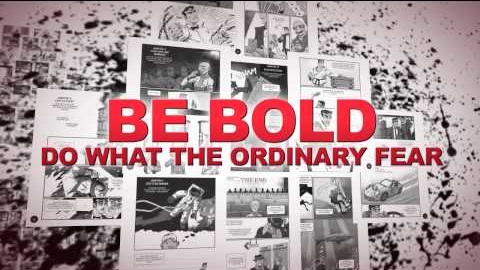In spite of the internet’s popularity, which really goes without saying you would think, there are still businesses relying on traditional media exclusively for marketing. At the same time, most businesses are using digital marketing in some way, but treat it like a separate entity.
No matter which medium is being used, it’s important to use both offline and online channels and create an integrated marketing campaign. Combining both mediums can increase the results of a marketing campaign for all kinds of businesses from startups, small businesses, to established companies.
How Prospects Follow Up With Businesses
There are several reasons why going with an integrated approach is so important. Prospects that come across ads through offline mediums such as magazines, newspapers, radio and TV often turn to the Internet to find more information about a business. This is especially the case for companies that favor branding campaigns more than direct response campaigns.
Surprisingly, the same thing applies to Internet businesses. Prospects try to see if an Internet business can be found offline, have phone numbers they can call, and have a real office location. This is to ensure that the business they are about to deal with isn’t some fly-by-night scammer that’s only interested in taking their money. This is one of the key reasons why it’s important to have a presence in both mediums.
Where Prospects Spend Their Time Looking Online
To be specific, people use the Internet to look up the reputation and reviews of businesses they’ve come across offline. Today, there are a large number of platforms to find information about businesses. There are search engines, review sites, social media sites, and community sites that can all be used to determine if it’s worth doing dealing with a business.
These platforms allow businesses to appear where consumers are searching after they’ve been exposed to their offline marketing, but only if they jump on that opportunity. One of the best ways to integrate offline and online is to build a SEO campaign. Your business will show up in related search terms about your brand, products and services. This puts you in control of your reputation and allows you to stay competitive in your industry.Digital Marketing Opens Your Business Up to a Bigger Audience and Increases Sales
An integrated advertising effort can really open up your business to a bigger audience as well. A large portion of your market will spend more of their time online, so investing in online ads can only extend your reach. In fact, many businesses find online campaigns to be more cost effective if not just as effective than offline campaigns.
Using display advertising and retargeting via pay per click can help maximize the effectiveness of your offline campaigns. It will help continue the conversation from your offline efforts, exposing consumers to more of your marketing. This increases conversions and your ROI because consumers tend to go with businesses they are more familiar with, and also because consumers are more likely to buy after multiple engagements.
The Integrated Approach Is Ideal When Gaining Momentum Is the Goal
Businesses that are trying to create buzz about their business or any kind of viral campaign need to go with an integrated approach. In one example, the Athens tourism board used offline info points to get locals to share their viewpoint of their city while also getting tourists to spent time with locals. The whole case study can be read here.
This was followed up by an online social media campaign where local submitted photos of events, special locations and the architecture that could be found in Athens. This user generated content turned viral and soon thousands of submissions were being sent in. The result was user generated content being used to create buzz and market tourism for Athens.
Conclusion
Going with an integrated approach is necessary to stay competitive in today’s market. Both mediums complement each other in many ways. Whether you’re a digital agency or a business that strictly uses traditional media, it is worth the effort and investment in building a campaign that combines and takes advantage of both mediums.
















